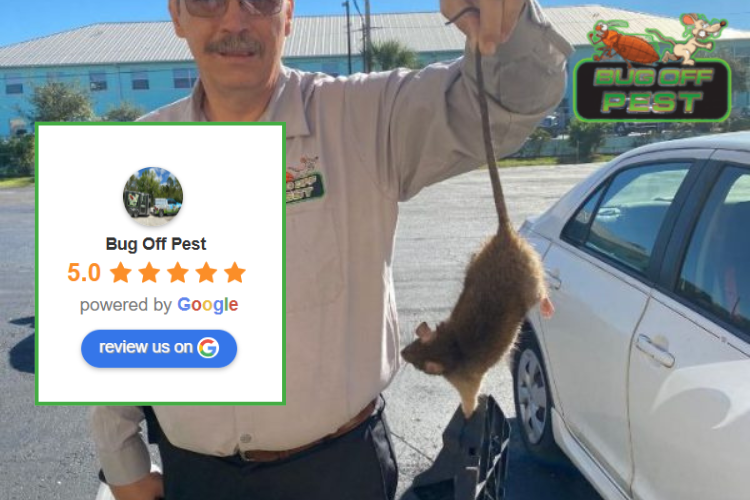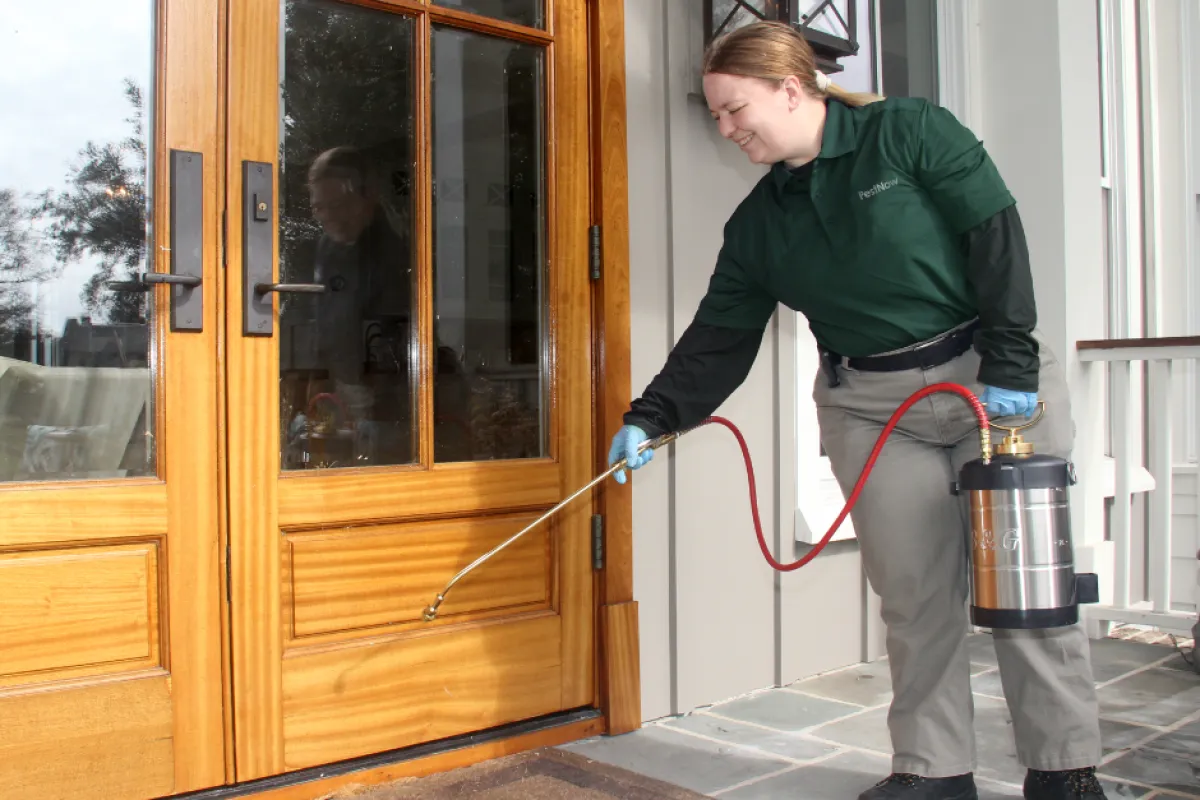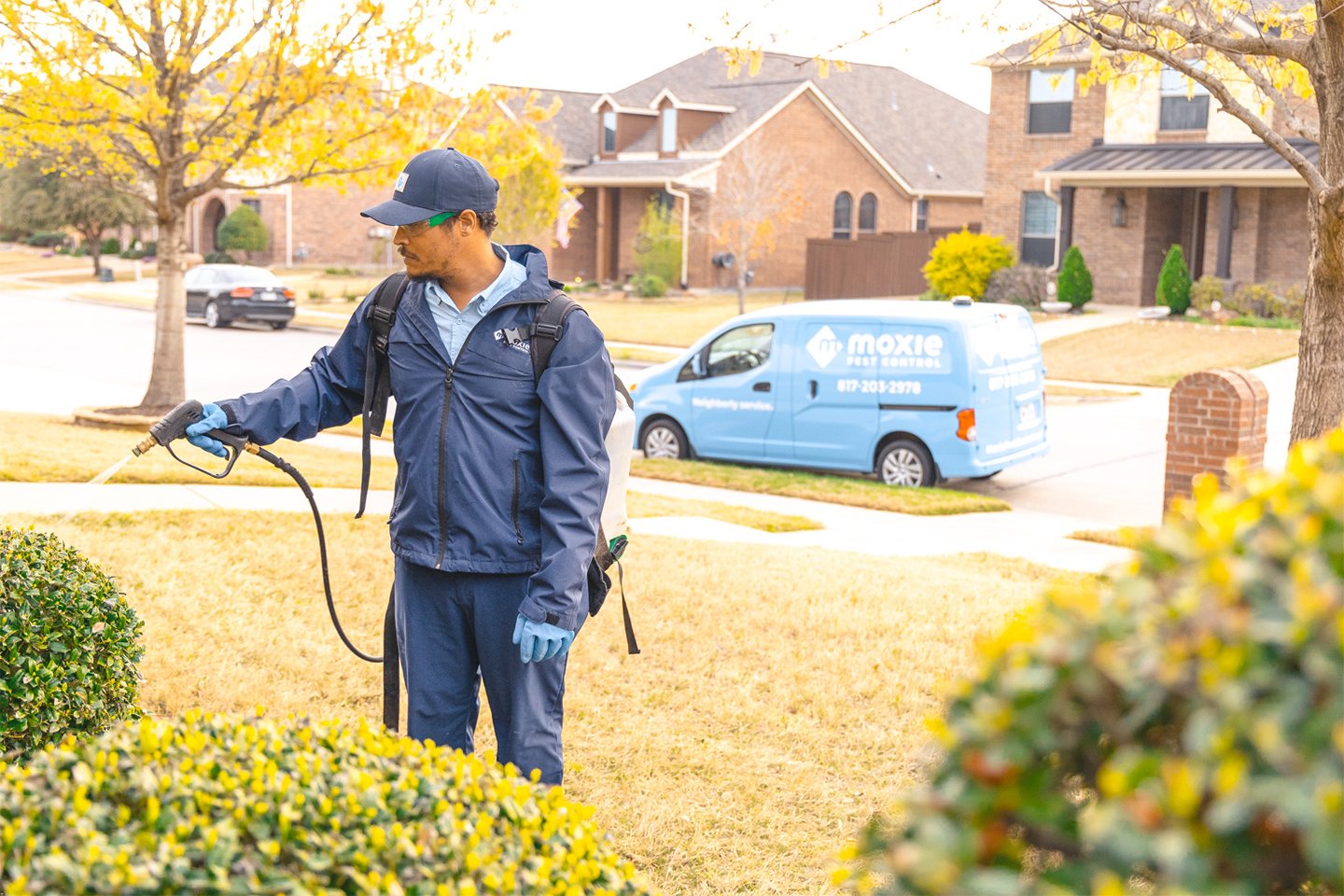Affordable and Dependable Exterminator in Port Charlotte for All Your Needs
Find Out About the current Advances in Insect Control and Just How to Implement Reliable Therapy Solutions
Over the last few years, the area of bug control has observed considerable innovations, driven by the need for reliable and lasting therapy services. Ingenious techniques such as Integrated Bug Monitoring (IPM) integrate eco-friendly practices with cutting-edge innovation, boosting both efficacy and ecological responsibility. The combination of wise innovations and DIY methods has actually empowered individuals to deal with insect problems a lot more successfully. As we discover these growths, it comes to be vital to recognize exactly how finest to carry out these approaches in numerous settings to achieve optimum outcomes. The implications for insect administration methods might be transformative.
Eco-Friendly Parasite Control Options
In the last few years, the demand for environmentally friendly bug control alternatives has surged as companies and homeowners alike look for lasting options to traditional chemical therapies. This change is driven by expanding environmental understanding and a desire to reduce the wellness risks associated with artificial pesticides.

Green insect control techniques incorporate a variety of strategies that prioritize the use of natural compounds and techniques. Integrated Parasite Administration (IPM) is one such strategy, incorporating biological, cultural, and mechanical tactics to handle bug populations while reducing dependence on chemicals (Wildlife removal services). This holistic method highlights prevention through environment adjustment and the introduction of all-natural predators, therefore promoting a balanced community
Another popular alternative is using botanical chemicals stemmed from plants, which have a tendency to be much less damaging to non-target organisms. Products like neem oil and diatomaceous planet have gained grip for their efficiency in managing pests while positioning very little threats to human health and the atmosphere.
In addition, exclusion techniques, such as sealing entrance factors and keeping sanitation, play a vital duty in environment-friendly parasite administration. By adopting these sustainable techniques, businesses and individuals can effectively manage insects while promoting a healthier world for future generations.
Smart Modern Technology in Pest Management
Development is reshaping the landscape of bug monitoring, with smart technology becoming a critical force in boosting efficiency and efficiency - Wildlife removal services. The integration of Web of Things (IoT) devices, fabricated intelligence (AI), and data analytics is revolutionizing how pest control professionals come close to infestations
Smart catches outfitted with sensing units can spot bug task in real-time, sending out instant signals to operators. This enables prompt feedbacks, reducing damage and reducing the need for extensive therapies. Furthermore, AI algorithms examine historic data to anticipate insect behavior, allowing aggressive treatments based on ecological conditions and infestation patterns.
Drones and computerized lorries are likewise playing a substantial duty in pest management, offering airborne evaluations of huge locations, recognizing hotspots, and also dispersing targeted treatments. These modern technologies not just enhance operations yet also improve security by limiting human direct exposure to possibly hazardous chemicals.
Additionally, mobile applications equip customers to check insect task and access expert recommendations, fostering a collective strategy to pest management. Generally, the adoption of wise modern technology is setting a brand-new requirement in parasite control, highlighting data-driven choices and sustainable techniques that eventually profit both house owners and professionals alike.
Integrated Pest Management Strategies
Integrated Pest Management (IPM) utilizes an alternative technique to pest control, incorporating different strategies to effectively handle parasite populaces while decreasing risks to human wellness and the environment. IPM revolves around recognizing the pest life process, their all-natural adversaries, and the environment in which they flourish.
One of the basic components of IPM is here are the findings monitoring pest populaces via normal assessments and data collection. This enables the recognition of pest thresholds, identifying when treatment is necessary. Social methods, such as plant habitat, hygiene, and rotation control, are important in lowering pest prevalence and promoting plant health and wellness.
Mechanical controls, including traps and barriers, are likewise essential in IPM. These methods can physically remove or prevent bugs without using chemicals. When required, the wise application of chemical controls is utilized, concentrating on targeted therapies that decrease ecological effect.
Education and cooperation among stakeholders, including farmers, bug control experts, and the community, are critical for the effective application of IPM techniques. By focusing on sustainable practices, IPM not just addresses pest problems but also cultivates a much healthier ecological community.
Biological Control Methods
Various biological control methods are significantly acknowledged for their effectiveness in handling pest populaces while promoting eco-friendly equilibrium. These strategies harness all-natural predators, parasites, and virus to lower pest numbers without relying on synthetic chemicals. For circumstances, the introduction of ladybugs can effectively manage aphid populaces, while nematodes target soil-dwelling bug larvae.
Additionally, the use of microbial chemicals, such as Bacillus thuringiensis (Bt), provides an ecologically pleasant option for taking care of caterpillar parasites. These items specifically target pest species, reducing injury to advantageous pests and pollinators. Preservation organic control highlights boosting habitats for natural opponents, such as birds and advantageous pests, consequently encouraging their presence in farming systems.
Research study remains to disclose innovative methods within this field, such as making use of pheromones to interfere with pest breeding patterns or the advancement of biocontrol representatives through hereditary design. Carrying out these approaches can result in lasting insect monitoring methods that mitigate the dependence on chemical interventions, eventually cultivating much healthier communities. As awareness of these techniques grows, they are becoming integral components of integrated pest monitoring (IPM) approaches, offering a balance in between reliable parasite control and ecological stewardship.
Do It Yourself Insect Control Solutions
As property owners seek effective methods to deal with insect problems, DIY insect control remedies have obtained popularity for their availability and from this source cost-effectiveness. These techniques encourage individuals to deal with infestations using conveniently available products and techniques, frequently without the demand for professional intervention.

Additionally, maintaining appropriate sanitation and routine evaluations can prevent parasite entrance and nesting (Wildlife removal services). Easy practices, such as securing fractures, removing food resources, and decluttering, can dramatically lessen bug populaces. Traps, both homemade and commercially readily available, can also supply effective solutions for monitoring and helpful resources controlling particular pests like pests or rodents

Final Thought
The integration of environmentally friendly bug control choices, smart innovation, and ingenious management techniques provides a thorough method to reliable pest management. By accepting Integrated Parasite Monitoring (IPM) and making use of biological control methods, alongside DIY solutions, lasting and responsible pest control can be attained.
Environmentally friendly insect control techniques include a variety of approaches that focus on the usage of all-natural materials and techniques. Integrated Parasite Monitoring (IPM) is one such strategy, combining biological, cultural, and mechanical tactics to manage insect populations while decreasing reliance on chemicals. As understanding of these strategies expands, they are coming to be integral components of incorporated insect administration (IPM) methods, supplying an equilibrium in between effective insect control and ecological stewardship.
The integration of green insect control choices, clever innovation, and ingenious monitoring techniques provides a comprehensive method to reliable insect monitoring. By accepting Integrated Pest Management (IPM) and utilizing organic control methods, together with DIY solutions, sustainable and liable parasite control can be attained.